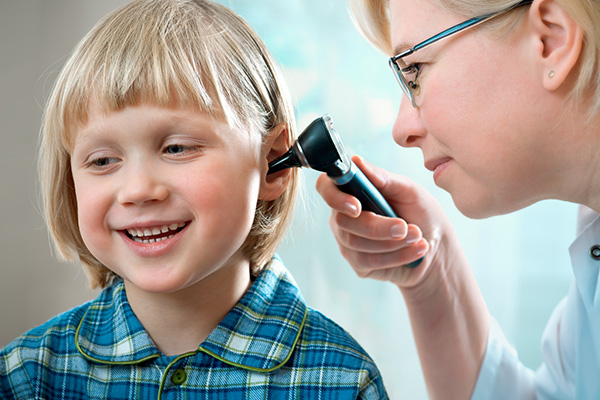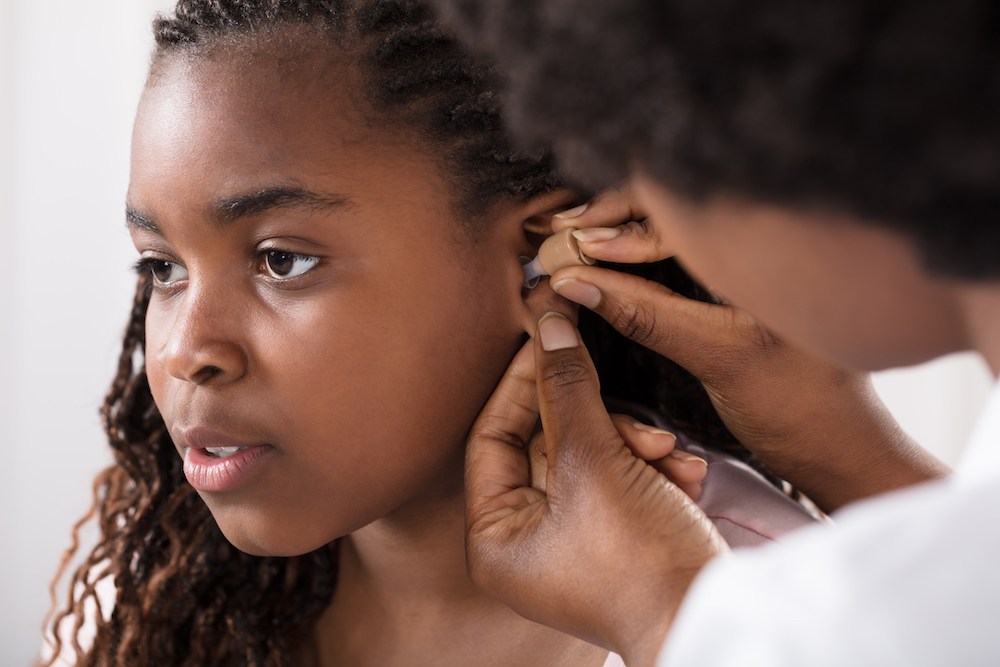What Young Adults Should Know About Hearing Protection
Hearing protection might not be something most young adults think about,
We’re Hiring! Click Here to Learn More About Our Career Opportunities →

Hearing loss is becoming an increasingly prevalent condition, especially when you consider:
Unfortunately, most people don’t realize that they are experiencing hearing loss until the symptoms begin to manifest. Fortunately, testing helps tell the condition’s severity and determine an effective treatment option. Here is an overview of what happens during a hearing loss test.
The first thing the audiologist will do is get a comprehensive history of your hearing health if it is your first hearing test. You will be asked to fill some forms asking questions regarding your hearing health. The form will seek to establish whether you have been exposed to any hearing loss risks, such as loud noises, hazardous working environment and genetic disposal.
The audiologist will also want to know about your hearing loss symptoms. They may also try to understand your lifestyle to determine how the condition will affect your everyday life.
Your hearing health history examination will help determine whether more tests should be conducted. You may take one or more of the following tests:
A speech audiometry test examines how well you can hear and understand soft speech sounds. It is administered to determine the ideal listening levels for your condition. The audiologist will ask you to listen to live or recorded speech at varying volume levels. The audiologist will also require you to recite the words you hear at different intervals during the test.
A pure-tone audiometry test examines how well you can hear the softest sounds and varying frequencies. The audiologist will give you a pair of headphones transmitting soft tones at varying frequencies. You will then be required to listen to the tones and respond to each sound you hear.
The ear’s muscles and eardrums move in response to different sounds. A tympanometry test is administered to determine the sensitivity and response of your acoustic reflexes. The audiologist will insert a soft plug inside your ear to conduct this test. The plug will transmit sounds and create pressure changes to trigger your acoustic reflexes.
Each of the hearing tests discussed above is administered in a quiet environment in sound-treated rooms. However, one of the most common hearing loss conditions involves difficulty hearing in noisy environments.
Speech and words in noise tests entail getting you to focus on a speaker while noisy sounds play increasingly loud in the background. There are four types of tests under this category: hearing in noise test, connected speech test, speech in noise test and speech perception in noise test.
Fortunately, hearing loss is treatable. An audiologist will use the tests’ results to determine the ideal remedy for your condition. As such, don’t wait until your hearing loss symptoms worsen – consult an audiologist and get your hearing tested.

Hearing protection might not be something most young adults think about,

Hearing loss usually starts gradually, making it hard to notice right

Choosing the right hearing aid for your needs is about more than just